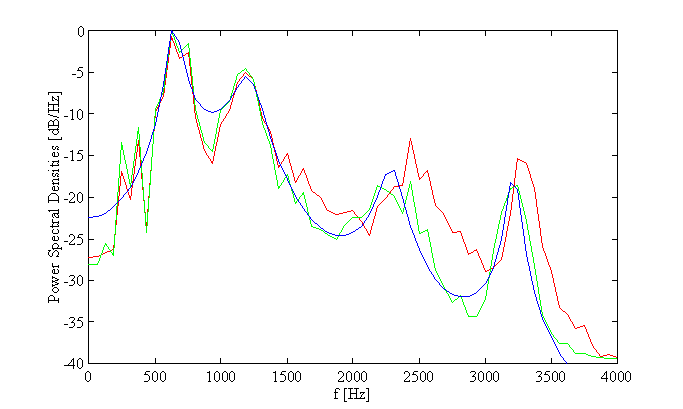

Note how the amplitude of the peak at 1125 Hz is constant, but the apparent noise plateau is reduced in level as the FFT Length increases. Linear FFT Spectra of the signal in Figure 1 with FFT Lengths of 256 (left), 16k (middle) and 1M samples (right). Note that the peak remains at -20 dBFS, but the level of the apparent noise plateau decreases substantially as the number of FFT bins is increased.įigure 2. This is obvious when you consider Figure 2, which shows the same signal as Figure 1 analyzed with three different FFT Length settings: 256, 16k and 1M points. But these statements are wrong, because of the FFT spectrum’s scaling for pure tones. The FFT Spectrum is ideally suited to analyzing signals with discrete components or tones.īut what if we’re interested in quantifying the level of noise in this signal? From a casual observation of the spectrum in Figure 1, we might be tempted to say that “the noise floor in this measurement is at -80 dBFS”, or “the signal-to-noise ratio is 60 dB”. For example, the peak in the FFT Spectrum in Figure 1 is exactly the expected signal level of -20 dBFS. As a result, the FFT Spectrum of a pure sine contains a peak at the frequency of the sine signal with amplitude equal to its rms level. The FFT Spectrum result (sometimes called the linear spectrum or rms spectrum) is derived from the FFT auto-spectrum, with the spectrum being scaled to represent the rms level at each frequency. Waveform and 16k FFT Spectrum of a 48 kHz Fs digital sine signal with 8-bit dither (level = -20 dBFS frequency = 1125 Hz). The Scope (waveform, left) and the FFT Spectrum results (right) for this sine signal at 1125 Hz with a level of -20 dBFS (or 0.10 FS) are shown.įigure 1. The noise was created by using a digital interface with dither applied at a bit depth of only 8 bits. This post explains the difference between these spectral density results and the more commonly used FFT Spectrum.įor illustration purposes, Figure 1 shows a signal that contains both a discrete frequency component as well as a relatively high level of broad band noise. But many may be less familiar with the Power Spectral Density and Amplitude Spectral Density results, which are typically used when analyzing noise. Most users are familiar with the FFT Spectrum result, typically used for analyzing signals with discrete frequency components (like sine waves).
SPECTRAL COMB SOUND REFERENCE SIGNALS SOFTWARE
In fact, all but a few of the hundreds of results available in Sequence Mode in the APx500 software are derived from FFT analysis. Precise estimates of many fundamental audio quality metrics such as frequency, level, harmonic distortion, intermodulation distortion, crosstalk, etc., can all be derived from FFT analysis. Fast Fourier Transform (FFT) analysis, which converts signals from the time domain to their frequency domain equivalent, is incredibly useful in audio test.


 0 kommentar(er)
0 kommentar(er)
